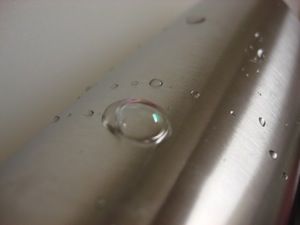 Summary. It is common for ultra-compact homes to have non-traditional plumbing and water sources. This saves on the time and money required when constructing the home and saves space in the walls. Because many tiny homes are intended to be moveable, permanent connections to municipal water supply and waste water sewage aren’t usually used.
Summary. It is common for ultra-compact homes to have non-traditional plumbing and water sources. This saves on the time and money required when constructing the home and saves space in the walls. Because many tiny homes are intended to be moveable, permanent connections to municipal water supply and waste water sewage aren’t usually used.
Fresh Water Supply. For many tiny homes, the most practical method of providing clean drinking water is to use a gravity fed water container or jug. This can be used for simple cooking and washing.
Gray Water Disposal. Waste water that is uncontaminated by chemicals or contaminants is considered gray water. For this reason, gray water is sometimes disposed of in gardens or used to water plants.
Sewage Disposal. There are a variety of toilet systems that use little or no water. For example, waterless urinals are increasingly being used by businesses as a way to reduce water usage by thousands of gallons per year. Composting toilets and incinerating toilets are also alternatives. Some small house dwellers simply use a neighbor’s toilet, public restrooms, and/or a gym membership for shower and restrooms. Another option would be to use holding tanks that can be dumped at RV campgrounds or similar facilities.